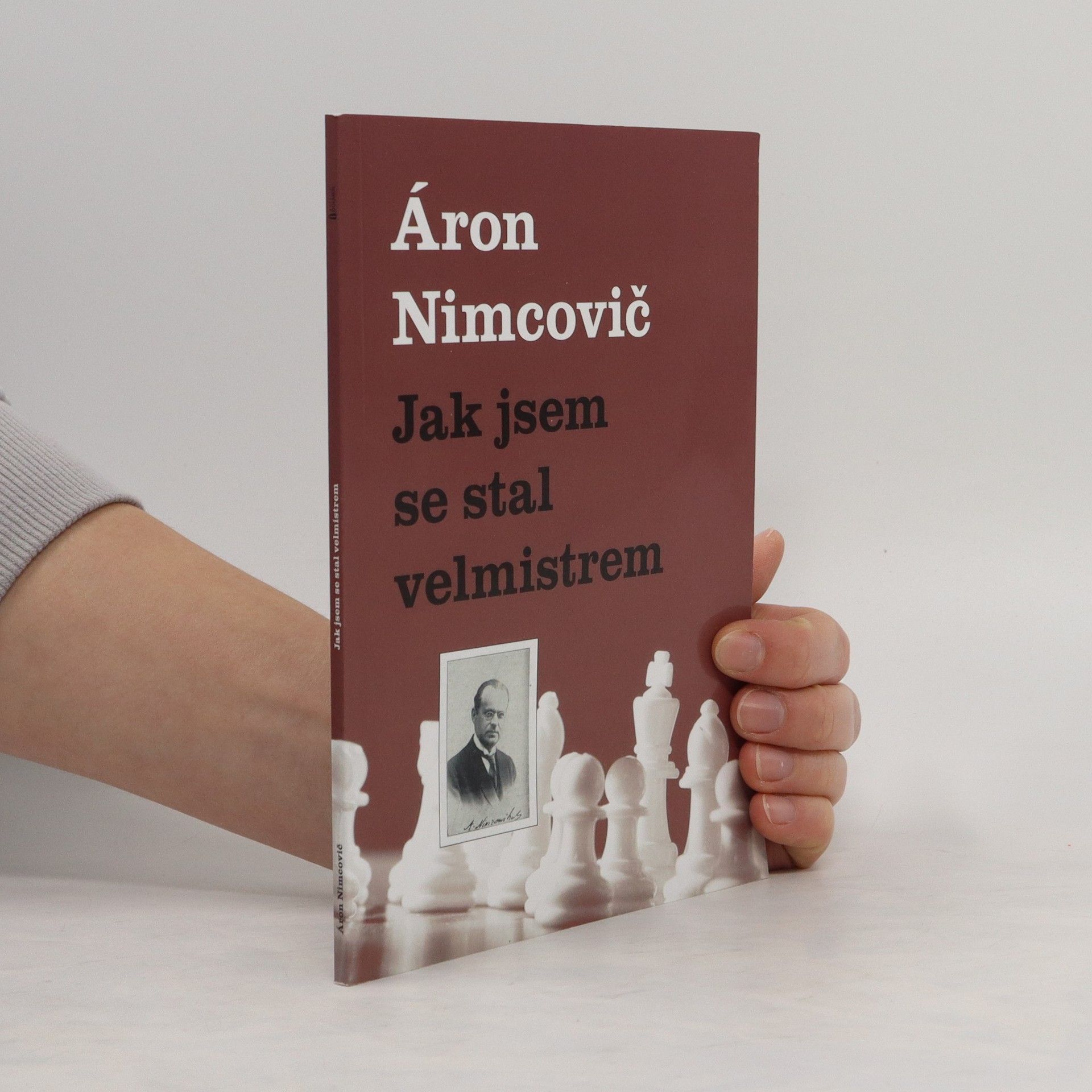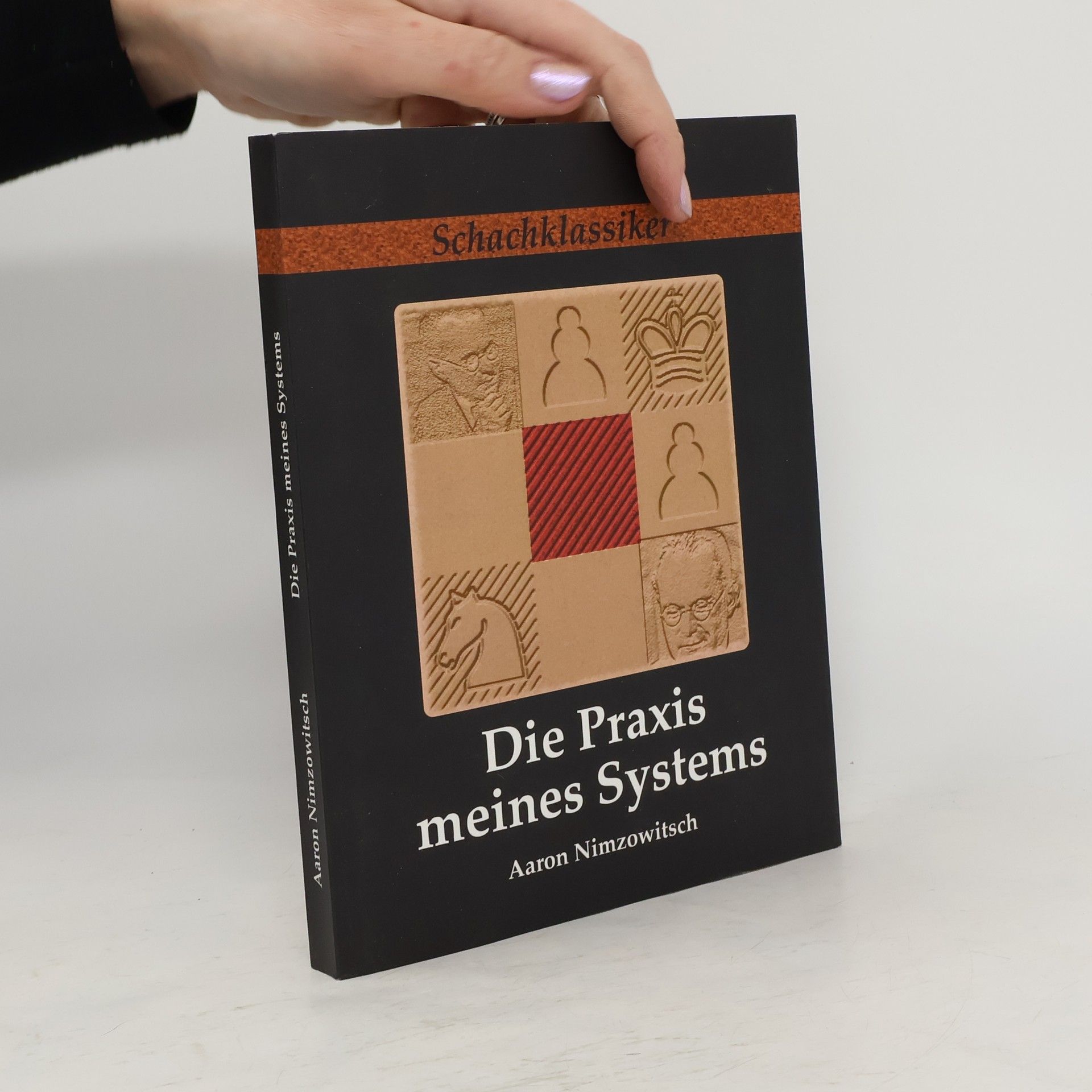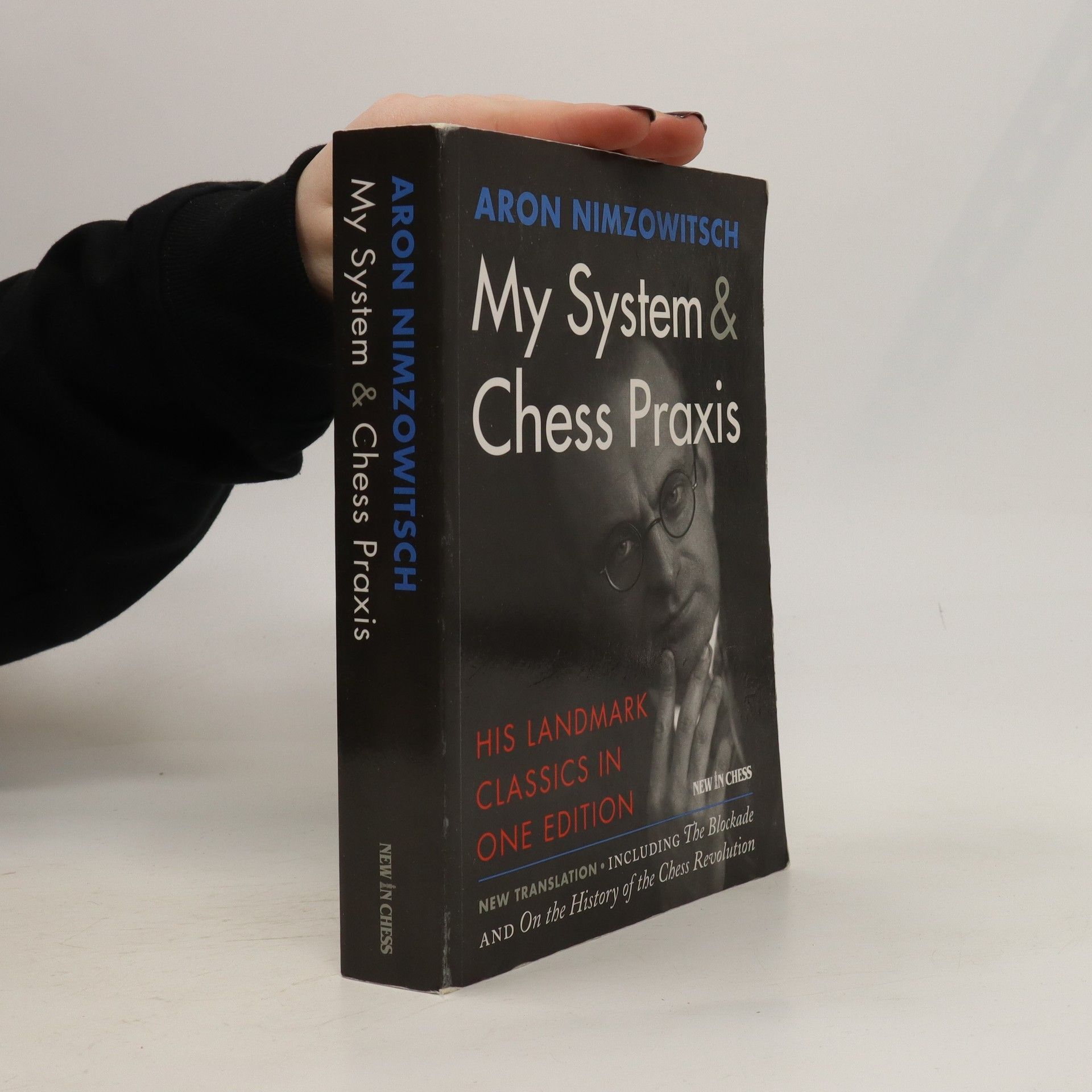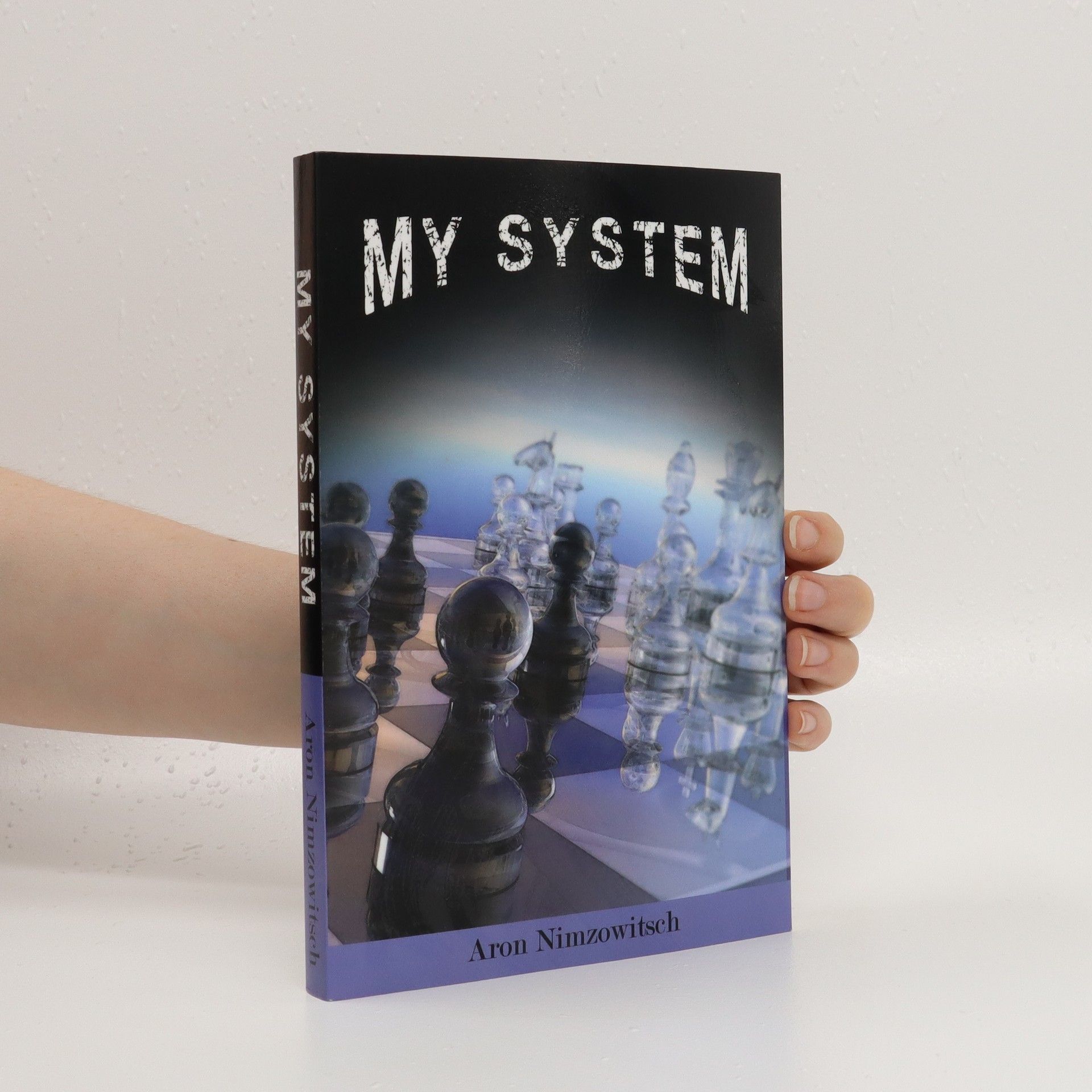My system
- 260pages
- 10 heures de lecture
Nimzowitschs ideas about how to play better chess have had a profound influence on modern chess thinking. It is commonly agreed that almost every chess master in the world has studied Nimzowitschs work.
Aron Nimzowitsch fut un maître d'échecs de premier plan et un écrivain d'échecs influent, devenant une figure majeure du mouvement hypermoderne. Son œuvre explore des approches novatrices de la stratégie et de la tactique échiquéenne. Ses écrits ont façonné des générations de joueurs, et ses idées demeurent pertinentes aujourd'hui. Il fut une figure clé dans l'évolution de la théorie des échecs.







Nimzowitschs ideas about how to play better chess have had a profound influence on modern chess thinking. It is commonly agreed that almost every chess master in the world has studied Nimzowitschs work.
As a chess player, Aron Nimzowitsch (1886-1935) belonged to the very best. In his peak years the Latvian-born maestro was ranked third in the world behind Capablanca and Alekhine. His greatest successes were first place in Dresden in 1926 and Carlsbad 1929. However, Nimzowitsch will first and foremost be remembered as the founder of the Hypermodern movement. In his first book, he expounded his theories of prophylaxis, blockades and much more, while providing insights in pawn-structures. In the sequel Nimzowitsch demonstrated how he had successfully tested his theories in his games. Perhaps not all of his convictions have stood the test of time, but even today, any chess student will deepen his understanding and broaden his play. Also included are the essays The Blockade and On the History of the Chess Revolution 1911-1914.
Závěrečný svazek slavné učebnice šachu pro začínající závodní hráče (první díl Můj systém, č. 1999; druhý díl Můj systém v praxi, č. 2000).
Ein Lehrbuch des praktischen Schachs
Der lettische Großmeister und Schachtheoretiker Aaron Nimzowitsch (1886-1935) hinterließ mit seinen Werken „Mein System“ und „Die Praxis meines Systems“ zwei der erfolgreichsten Schachbücher. Bereits in „Die Blockade“ skizzierte er Ideen, die in der Schachwelt große Aufmerksamkeit erregten. Zwischen 1925 und 1927 erschien „Mein System“, das eine umfassende Darstellung seiner revolutionären Schachtheorien bot. 1928 folgte „Die Praxis meines Systems“, eine Sammlung von 109 Partien aus seiner eigenen Meisterpraxis, die die Konzepte aus „Mein System“ anhand ausführlicher Kommentare und Analysen veranschaulichte. Das Buch gliedert sich in sechs große Abschnitte, die den zentralen Strategien seines Gesamtkonzepts entsprechen, wie Zentralisierung, Hemmung oder Prophylaxe. Jeder Abschnitt beginnt mit einer kurzen theoretischen Einführung, gefolgt von kommentierten Partien. Während Kenntnisse aus dem Vorgängerwerk hilfreich sind, sind sie nicht zwingend erforderlich, da Nimzowitsch „Die Praxis meines Systems“ als eigenständiges Werk konzipierte. Wo nötig, wurden Inhalte aus „Mein System“ wiederholt. Die Neuausgabe basiert auf der ungekürzten Originalausgabe von 1931, mit bereinigten Fehlern in den Partienotationen. Eine vereinheitlichte Notation und zusätzliche Schachdiagramme verbessern die Lesbarkeit.
České vydání druhého dílu (první díl Můj systém, č. 1999) slavné učebnice šachu pro začínající závodní hráče.
Aron Nimcovič (1886-1935) v této autobiografické knize popisuje svoji cestu mezi špičkové šachisty, doplněné komentovanými partiemi převážně z jeho raného období. Na konci přehled výsledků. Knížka poprvé vyšla v Petrohradě v roce 1929, toto je první české vydání. Předmluvu napsal nejlepší český šachista GM David Navara.
Aron NImzowitsch 1886 1935 twórca nowego stylu gry czyli hymodernizmu ,gdzie głownymi postulatami ,w przeciwieństwie do Steinitza i TARRASCHA , były figorowa kontrola centrum,blokada iprofilaktyka,